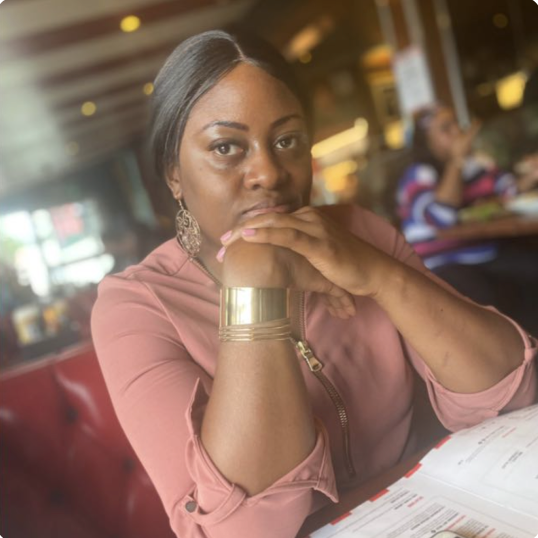Trying Harder: How to involve and engage communities that are seldom heard
Building trust amongst local residents is integral to delivering a place-based community-led fund. But where should funders start? And how do they ensure that no community group in the area gets left behind?
The Giving Lab had the good fortune of meeting Serena Dyett when the lab was still in its co-design phase. Serena is embedded in the Walworth community and is passionate about bringing local people together to collaborate and share their knowledge in an effort to create safer and stronger support networks in the area. She is what we like to refer to as ‘a magical connector’ – someone who is constantly thinking about who else can be reached and how.
Serena, you have been a part of The Giving Lab since its inception. What drew you to it?
“When The Giving Lab was still in co-design phase, there was a local event at St. Peter’s Church that community members could attend and share their thoughts, so I went. My background is in education, health, and community, but I hadn’t ever come across a fund that really called on community members the way The Giving Lab does. In my experience, funders never really ask questions, they just assume that they know what people want. I thought that The Giving Lab could be something really great and was definitely needed in Walworth.”
You have introduced a lot of people to The Giving Lab, many of whom have stayed loyal to it. Tell us about how you bring people in.
“I am always advocating. I know a lot of people in the area, and when I meet someone who I think could benefit from The Giving Lab, or someone who has a lot to offer, I encourage them to attend a Welcome Session or visit the Ideas Café and see what they think.”
“In my experience, funders never really ask questions, they just assume that they know what people want. I thought that The Giving Lab could be something really great and was definitely needed in Walworth.”
The Giving Lab recognised early on that there is no one-size-fits-all approach to reaching people and building trust. As a result, we do our best to take a micro-community approach. What do you think is the best way to reach a community with whom a funder has no existing relationship?
“It starts with acknowledgement. Taking the time to understand a community – the language they speak, the local areas they spend time (parks, street, cafes etc). Funders should be asking themselves: how does this community interact socially; what are their concerns; is there any community work they are already involved in; and who are the influencers within their circles? I then recommend going into their space (rather than inviting them to yours) because if you invite someone to come to you, you don’t know what they might be going through or what their triggers are. Going to them helps build trust and shows respect.”
It’s so important to take the time to understand your audience and really put yourself in their shoes. Without that, there could be a real disconnect.
“Absolutely. And it’s important to also ask why a certain group of people might not be connecting with your fund – for example men. In the community work I do, sessions are almost entirely attended by women, why is that? Is it that women are the backbones of their community? Well maybe, but there’s probably more to it than that. Perhaps men aren’t engaging because they don’t feel a programme is for them, or they are overwhelmed by stress and other responsibilities. We won’t know until we try to understand their perspective and start to engage with them.”
That’s such an interesting point. The Giving Lab uses a vast range of approaches to spark people’s interest, including drama sessions, creative workshops, ideation meetings and more. What can you tell us about the importance of using multiple touchpoints through which a person can engage with a participatory fund?
“It’s key because not everyone engages in the same way. If you want to reach an older person for example, you might miss out if all your publicity is done via social media. In-person meet-ups would be your best bet. But you must make it convenient for them because they might have limited mobility. Doing a presentation or having some 1-2-1 conversations at Southwark Pensioner Centre might be a good way in. Doing a pop-up in the summer when the weather is more permitting and daylight hours are longer would also work well.”
Serena, this has been so helpful, you’ve shared tons of tips that I think others on the funding landscape could really benefit from. Any final words of advice?
“For those who have already started their community-led funds, it’s worth comparing the workshops that had the greatest representation to those that had the least. You might identify some interesting gaps and start thinking about how you can fill them. Also, getting to know every community is time consuming. It’d be good to speak to some of the grassroots organisations who are already working with these groups and are likely to have some good background information that you can pick up on, rather than starting your research from scratch. As prospective partners, these organisations will have already built-up trust that funders might be able to leverage.”
Brilliant, thank you so much Serena. The Giving Lab is lucky to have you as their Engagement and Outreach Lead!
Interview by Tamara Jacobs


